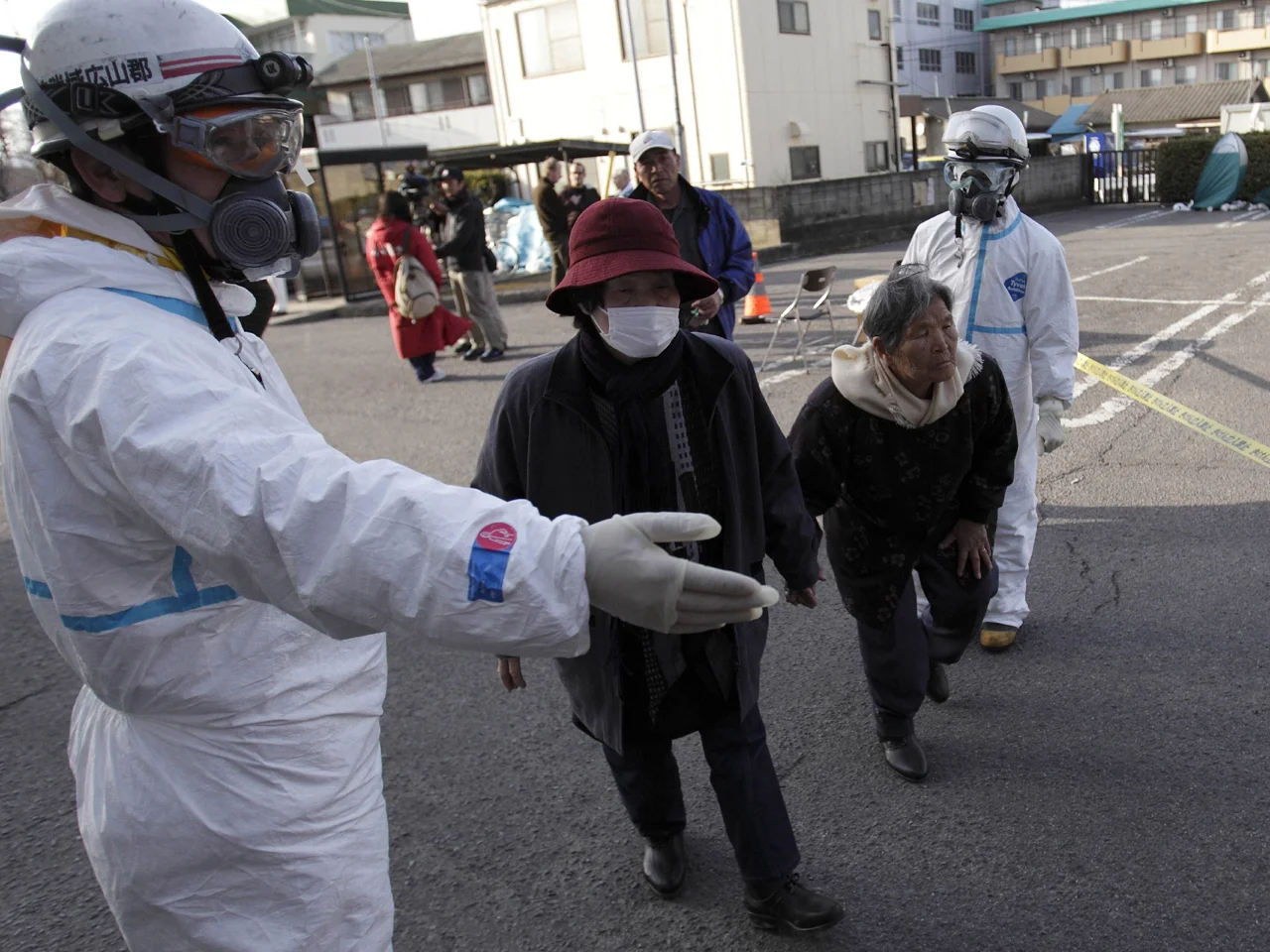When we consider nuclear war, the first thing that comes to mind tends to be a humongous mushroom cloud or a levelled city. But the truth extends far beyond the initial blast—and it’s scarier yet. The medical fallout of nuclear war is one of the worst threats ever to afflict humanity, with effects rippling on for generations, destabilizing societies, and even altering the planet’s climate.

The immediate aftermath of a nuclear blast is unimaginably harsh. We’ve seen the effects before, most notably from the Chornobyl disaster, which remains the largest uncontrolled release of radioactive material in history. According to the Canadian Nuclear Safety Commission, two workers died instantly in the Chornobyl explosion. Another 134 emergency responders developed acute radiation syndrome, and 28 of them died shortly after. That’s just from one plant accident—multiply that by the scale of a nuclear war, and we’re looking at tens or even hundreds of millions of deaths within days, as reported by the Bulletin of the Atomic Scientists.
But it’s not merely the blast that’s destructive. Radiation poisoning is a slow, insidious killer. When a nuclear device explodes, it scatters radioactive elements—such as iodine-131 and cesium-137—into the atmosphere. These particles can travel all over the world, finally settling on the ground as radioactive dust or “fallout.” Iodine-131 burns out rapidly, but cesium-137 can linger for decades, poisoning soil, water, and food we depend on.
Radiation does not necessarily have to strike you directly to be harmful. You can breathe it in, ingest it, or absorb it through your skin. In the aftermath of Chornobyl, there were almost 20,000 cases of thyroid cancer in children and adolescents who had been exposed to radioactive iodine, essentially due to their drinking milk from cows that had fed on grass that had been poisoned. The U.S. Environmental Protection Agency notes that even today, remnants of nuclear testing in the past can still be detected in the environment, but in diminishing quantities. Around a contemporary nuclear explosion, the danger of radiation sickness and cancer would soar.
And the long-term health effects go far, far beyond cancer. While Chornobyl did not cause a significant increase in other forms of cancer or leukemia in the general public, the psychological harm was widespread. Those who experienced it suffered from chronic anxiety, unexplained complaints of illness, and a persistent feeling that their bodies had been left irreparably damaged. Most were concerned with fertility and birth defects, even when science indicated that the risk was low overall. The psychological burden of radiation exposure doesn’t leave quickly.
Consider, now, all this on the global level. A nuclear war would not only impact one area—it would change the whole world. The Bulletin of the Atomic Scientists cautions that nuclear bomb fires might shoot enormous quantities of smoke into the upper atmosphere, shutting off sunlight and lowering global temperatures in a “nuclear winter.” Even a limited regional war might cool the world spectacularly, destroying crops and triggering a worldwide food crisis. Seeing how serious this is, the United Nations has established a scientific panel to try to comprehend just how extensive these effects might be.
Another underestimated effect of nuclear war is the ozone layer. With warm sunlight filtered out by the smoke and shielded from ozone-depleted UV radiation at the Earth’s surface would spike to lethal levels. A UV index of 11 is “extreme,” according to the EPA, but the index under these circumstances could easily exceed 35. That’s enough to burn skin in minutes and lead to a steep spike in the dangers of skin cancer, eye injuries, and crop loss.
And that’s just from the health perspective. Societally, the meltdown would be devastating. Survivors would experience not just physical sickness and mental trauma but also the failure of food systems, mass migration, and the failure of basic infrastructure. Governments would have trouble keeping things under control, and recovery could take generations—if it’s recoverable at all.
Ultimately, the real threat of nuclear war isn’t even the moment the bomb goes off—it’s the gradual dismantling of all the things that make life worth living. Clean air. Safe food. Stable communities. A future to look forward to. What we learn from Chornobyl and decades of nuclear weapons tests is just how dire the threats are. And they remind us that the true cost of nuclear war would be paid not only in human lives lost, but in a forever-altered world.
